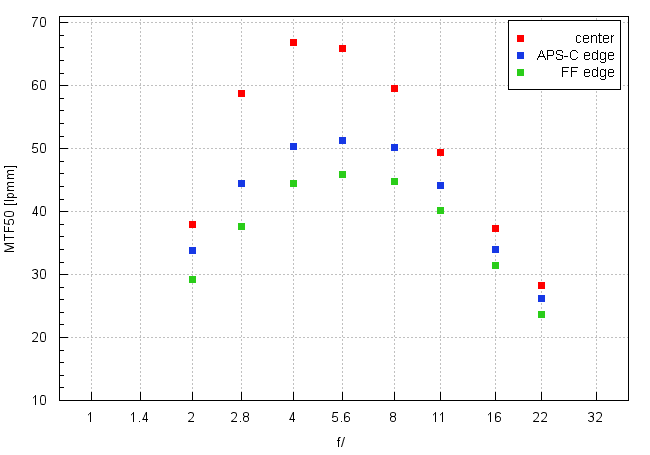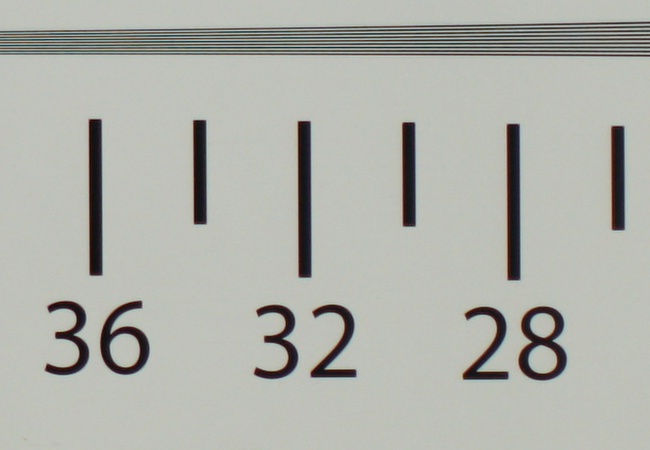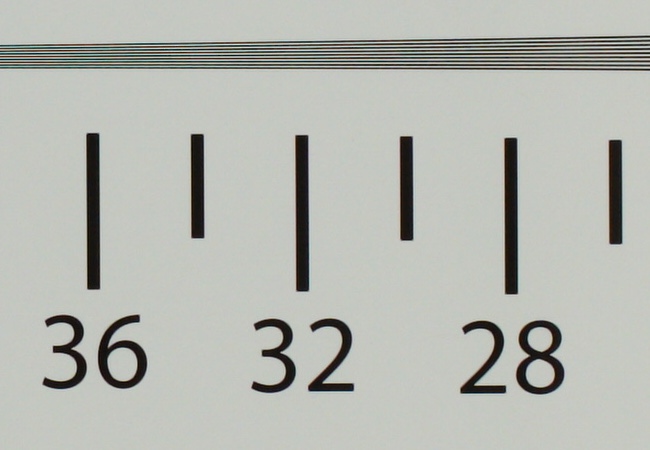Sony FE 28 mm f/2
4. Image resolution
Let's check how the Sony 28 mm f/2 FE compares – its results in the frame centre, on the edge of the APS-C sensor and on the edge of full frame presents a graph below.

Please Support UsIf you enjoy our reviews and articles, and you want us to continue our work please, support our website by donating through PayPal. The funds are going to be used for paying our editorial team, renting servers, and equipping our testing studio; only that way we will be able to continue providing you interesting content for free. |
- - - - - - - - - - - - - - - - - - - - - - - - - - - - - - - - - - - - - - - - - - - - - - - -
When it comes to the frame centre, some slight reservations can be expressed just at the maximum relative aperture, where the MTFs are a tad below the decency level. As our standards are a matter of convention to some degree I think there are users who would consider images produced at the maximum relative aperture still acceptable. Fortunately the resolution improves very quickly on stopping down the aperture so already by f/2.2 the images become fully useful even for demanding users and by f/2.8 the results, reached by us, approached a good level of about 60 lpmm.The peak of its possibilities the lens reaches in the f/4.0-5.6 aperture range with MTF50 function values getting to 66-67 lpmm. Even if this level is far from record-breaking resolution values it remains better than the performance of the Zeiss Sonnar 35 mm f/2.8 FE, the Samyang AF 35 mm f/2.8 FE, the Samyang AF 24 mm f/2.8 FE or the Zeiss Batis 25 mm f/2. As you see, in this category the relatively cheap Sony 28 mm f/2 FE leaves behind a lot of rivals, even those notably more expensive.
We were wondering in what way small dimensions of the lens might influence its performance on the edge of the frame. The decrease, when compared to the frame centre, is noticeable but on the edge of the APS-C you can still talk about a good performance. Once again reservations can be expressed when it comes to the maximum relative aperture. Still it's a kind of obviousness - as the lens failed to perform in the frame centre it would be foolish to expect a better performance on the edge. Still, once again, the stopping down of the aperture improves the performance in a radical manner so, as a result, near f/2.5 images become completely useful. Once again the Sony compares very favourably with its rivals.
On the edge of the full frame sensor you have to stop the aperture down to near f/3.2 in order to get an image of sensible quality. It's nothing to be proud of but, taking the price and physical dimensions of the tested lens into account, it would be foolish to expect better results.
The summary of this chapter has to be positive. Keeping in mind the price and dimensions of the Sony 2/28 FE you have to admit its performance is fully satisfactory even for more demanding users.
At the end of this chapter, traditionally, we present crops taken from photos of our resolution testing chart saved as JPEG files alongside RAW files we used in our analysis above.
| A7R II, JPEG, f/2.0 |
 |
| A7R II, JPEG, f/4.0 |
 |






